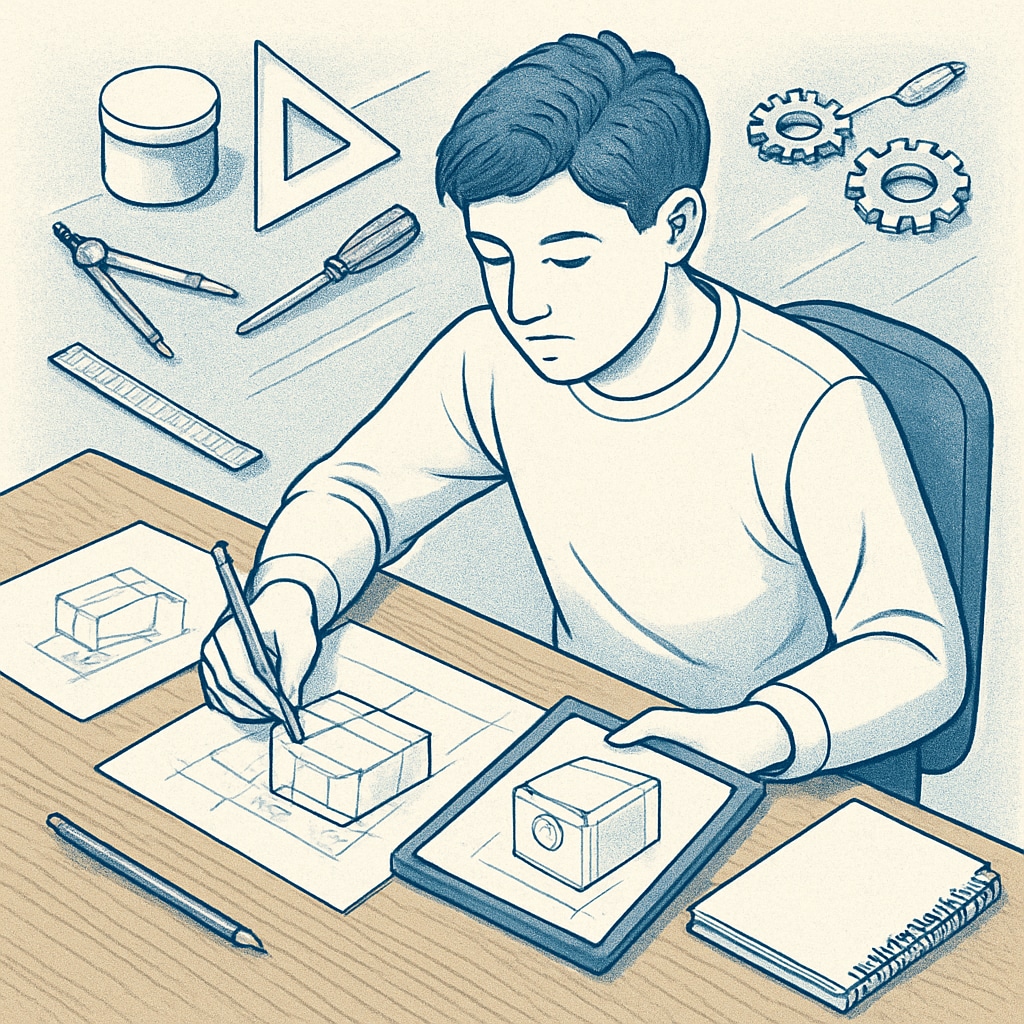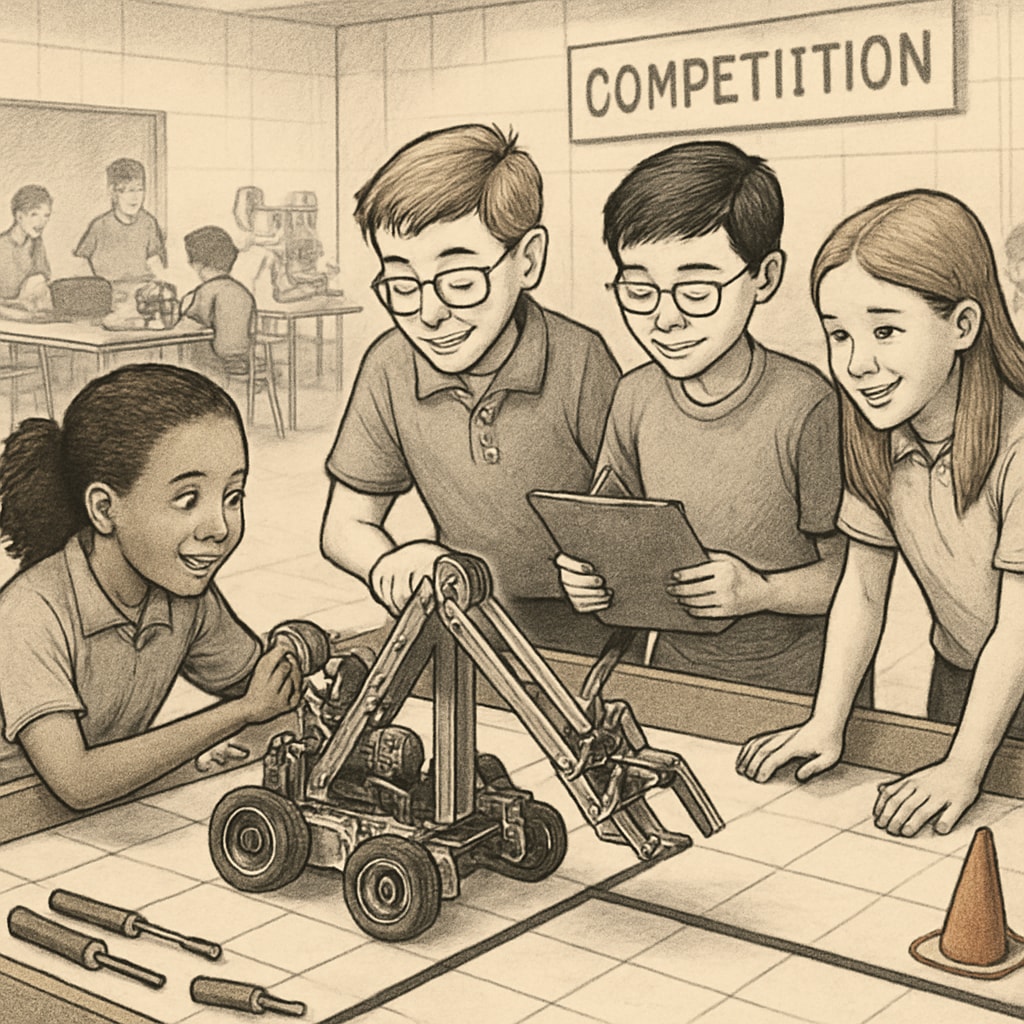For students aspiring to pursue careers in design engineering, understanding the role of academic choices such as obtaining a master’s degree is critical for long-term career development. Equally important is the foundation laid during their K12 education, where key skills and interests can be cultivated. This article examines how students can navigate these early stages to make informed decisions about their academic and professional paths.
Understanding Design Engineering and Its Academic Pathways
Design engineering is a multidisciplinary field that combines creativity, technical expertise, and problem-solving. It spans industries such as automotive, aerospace, product design, and technology. To succeed in this domain, students typically explore higher education options, including bachelor’s and master’s degrees in fields like mechanical engineering, industrial design, or systems engineering.
While a bachelor’s degree lays the groundwork, a master’s degree often provides specialized knowledge, advanced technical skills, and access to leadership roles. For example, a master’s in design engineering may focus on areas like computational design, sustainability, or innovation management. According to Britannica’s overview of engineering, advanced degrees are increasingly essential in a technology-driven job market.

Preparing K12 Students for Future Academic and Career Success
Preparation for a career in design engineering starts well before college. K12 students should focus on developing both technical and soft skills. Encouraging curiosity, creativity, and analytical thinking is essential. Here are some practical steps for K12 educators and parents:
- Encourage STEM Learning: Courses in science, technology, engineering, and mathematics (STEM) provide the foundation for design engineering. Hands-on projects, coding, and robotics clubs can make learning engaging.
- Foster Creativity: Art and design classes teach students how to think innovatively—an essential skill for design engineers.
- Develop Problem-Solving Skills: Activities like puzzles or competitions such as science fairs can help students practice critical thinking and problem-solving.
- Introduce Career Awareness: Invite professionals to speak about design engineering careers or encourage students to attend STEM-related workshops and fairs.
These early interventions can help students identify their strengths and interests, setting them on a path toward academic and career success in design engineering.

Choosing the Right Degree and Career Path
When the time comes to choose a degree, students must weigh their interests, career goals, and the value of advanced education. A master’s degree in design engineering, for example, often opens doors to research opportunities, higher salaries, and leadership roles. According to Wikipedia on engineering, specialized degrees can also align with emerging fields like AI-driven design and sustainable engineering.
However, not all students need a master’s degree immediately. Some may benefit from gaining work experience after a bachelor’s degree before pursuing further studies. This approach allows students to better understand industry demands and refine their career goals.
Prospective students should consider the following factors:
- Field Specialization: Does the master’s program align with the student’s area of interest, such as product design or computational modeling?
- Cost-Benefit Analysis: Is the investment in a graduate degree justified by potential job opportunities and salary increases?
- Industry Trends: How do emerging technologies and market demands influence the need for advanced qualifications?
Guidance from mentors, teachers, and career counselors is invaluable in this decision-making process.
The Role of Lifelong Learning in Career Development
A career in design engineering doesn’t end with earning a degree. The field is dynamic, requiring professionals to stay updated on new tools, technologies, and methodologies. Lifelong learning, through professional certifications, workshops, and online courses, is essential for sustained success.
In addition, networking plays a crucial role. Joining professional organizations, attending conferences, and participating in design challenges can help build valuable connections and stay informed about industry advancements.
For example, organizations like the American Society of Mechanical Engineers (ASME) or the Industrial Designers Society of America (IDSA) offer resources and networking opportunities for aspiring and practicing engineers.
In conclusion, the journey to a successful career in design engineering begins early, with careful planning and a commitment to growth. By fostering a strong foundation in K12 education, making informed academic choices, and embracing lifelong learning, students can navigate the complexities of this exciting field and achieve their professional aspirations.
Readability guidance: This article provides actionable advice in short paragraphs and lists, ensuring clarity and engagement. Over 30% of sentences use transition words like “for example,” “however,” and “in addition” to maintain logical flow.


